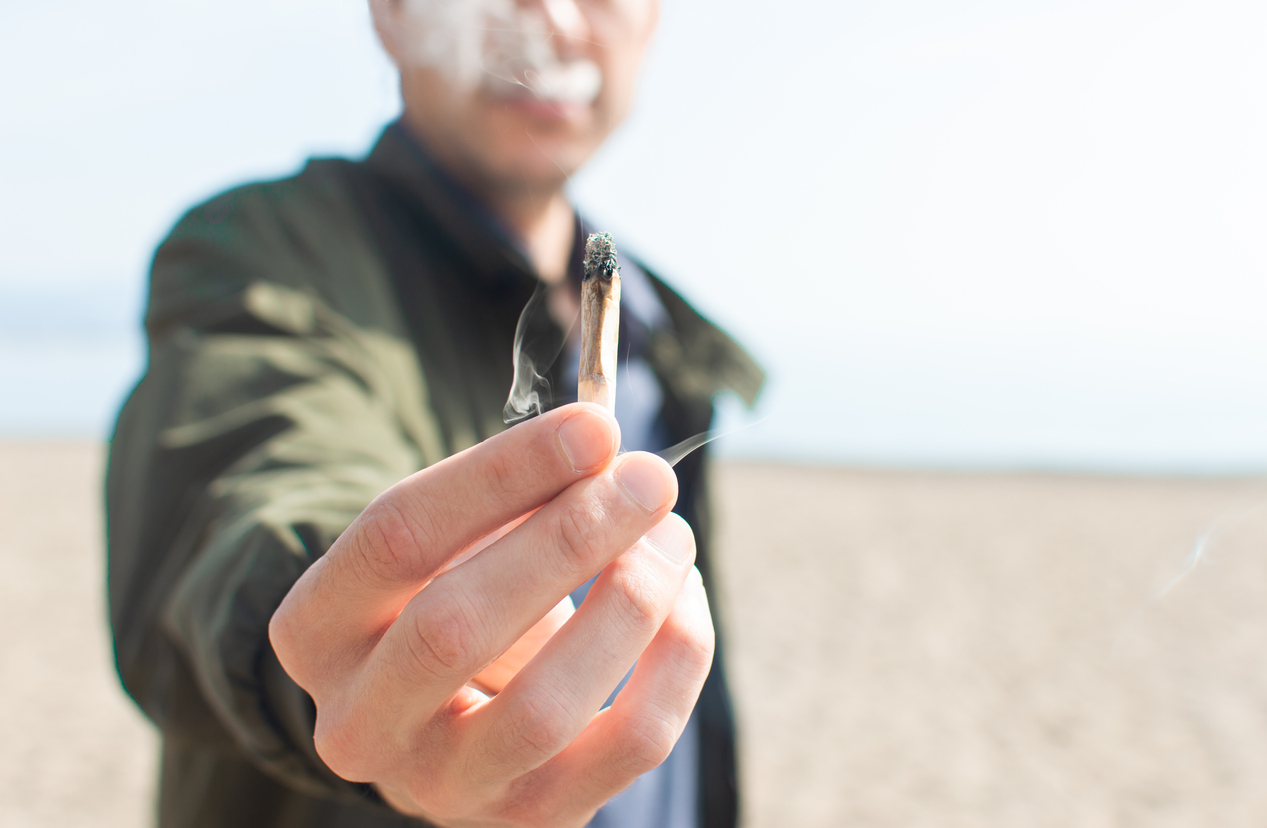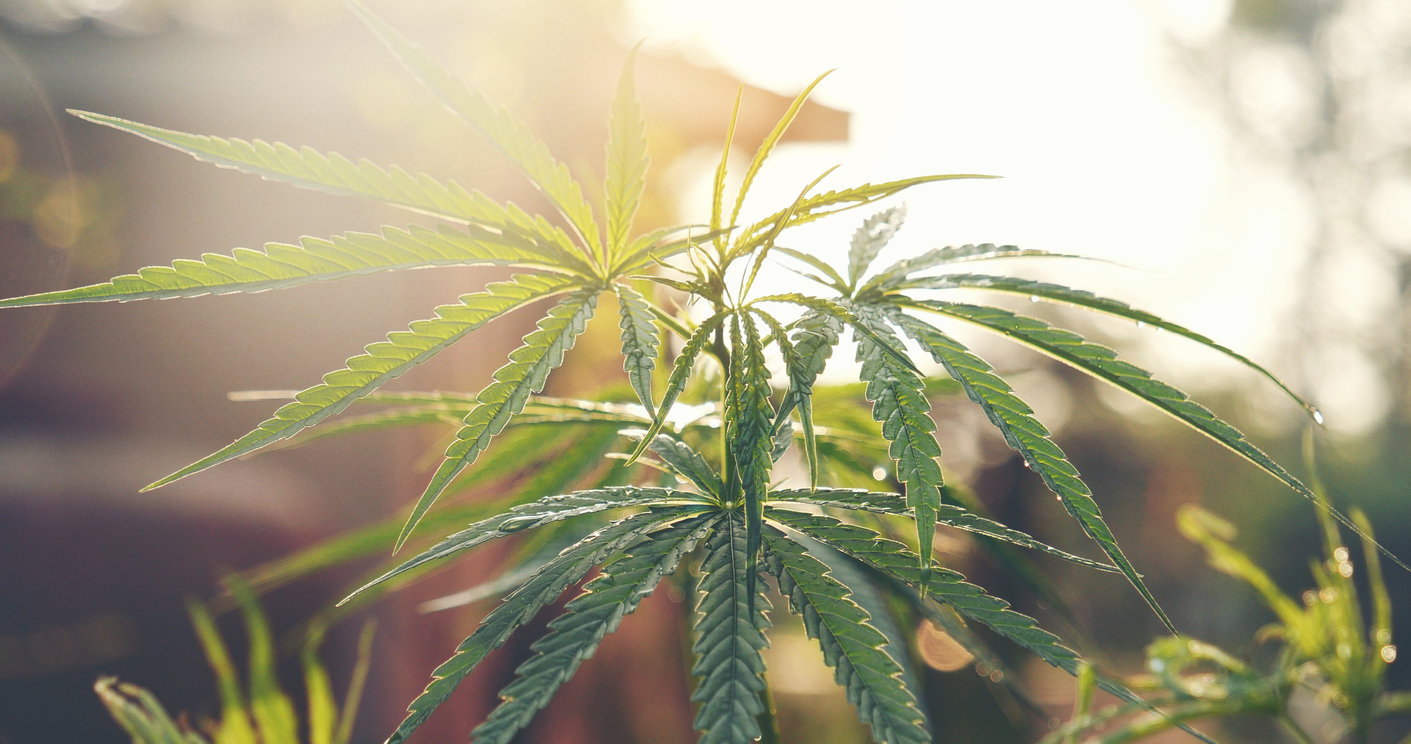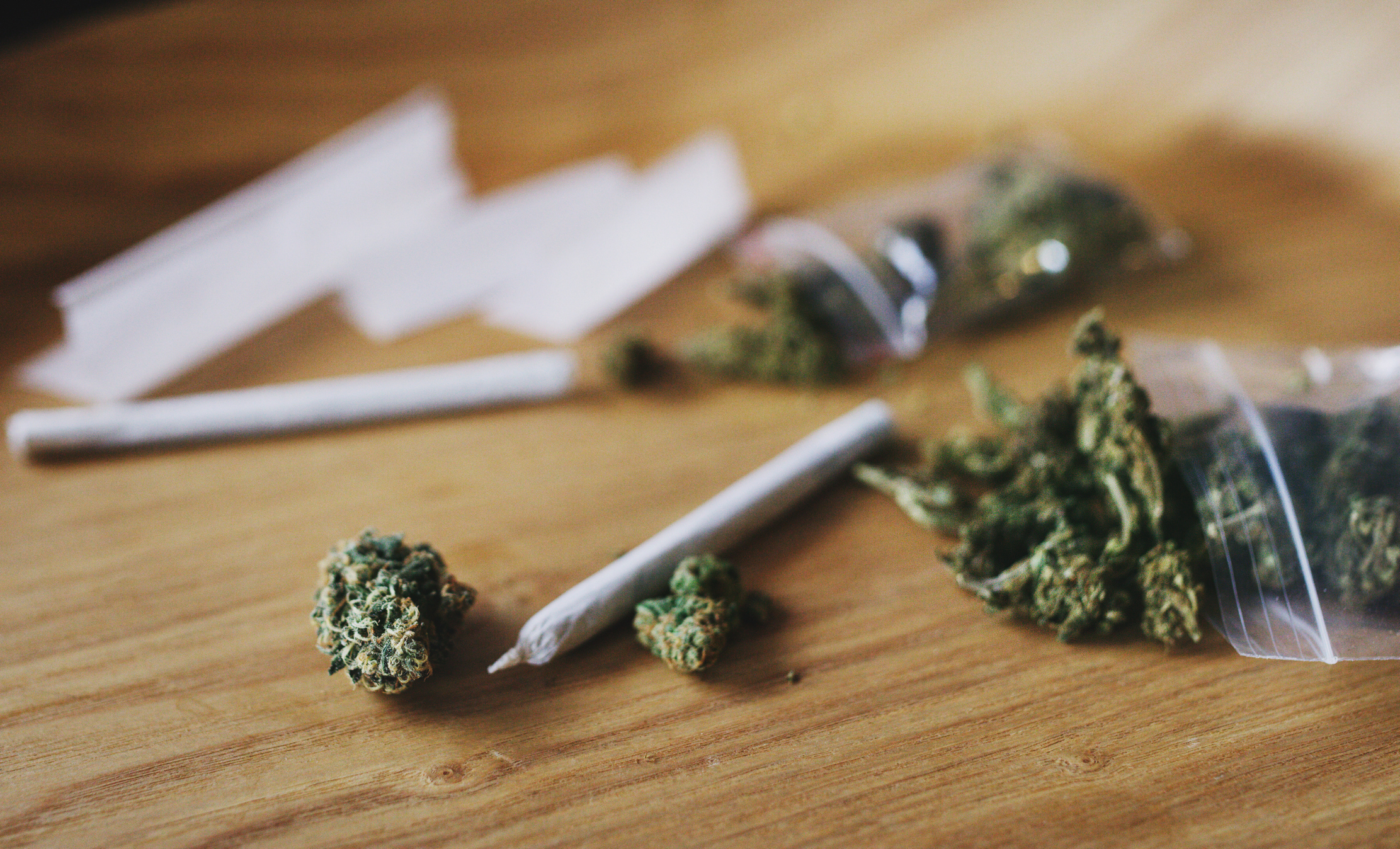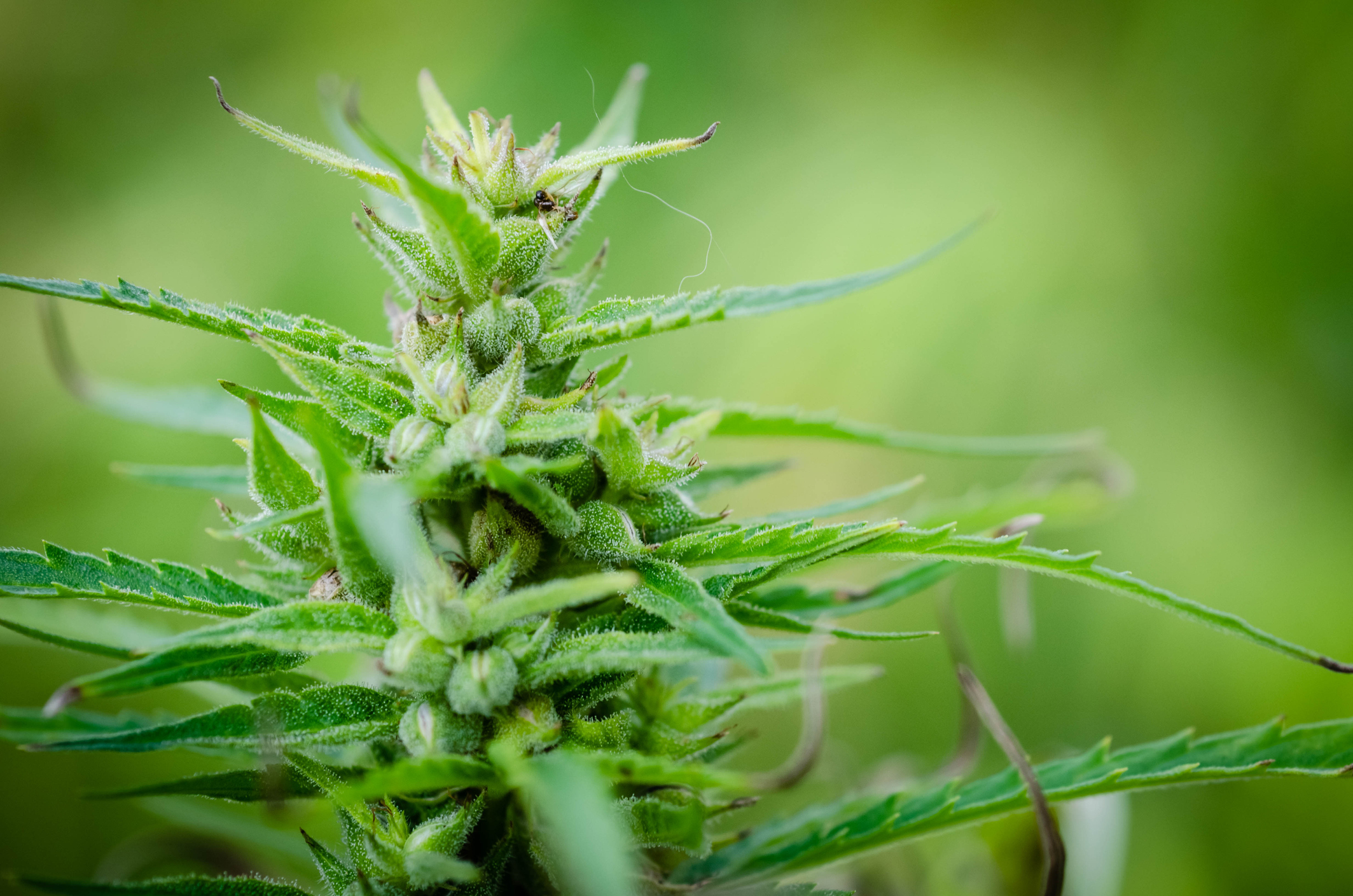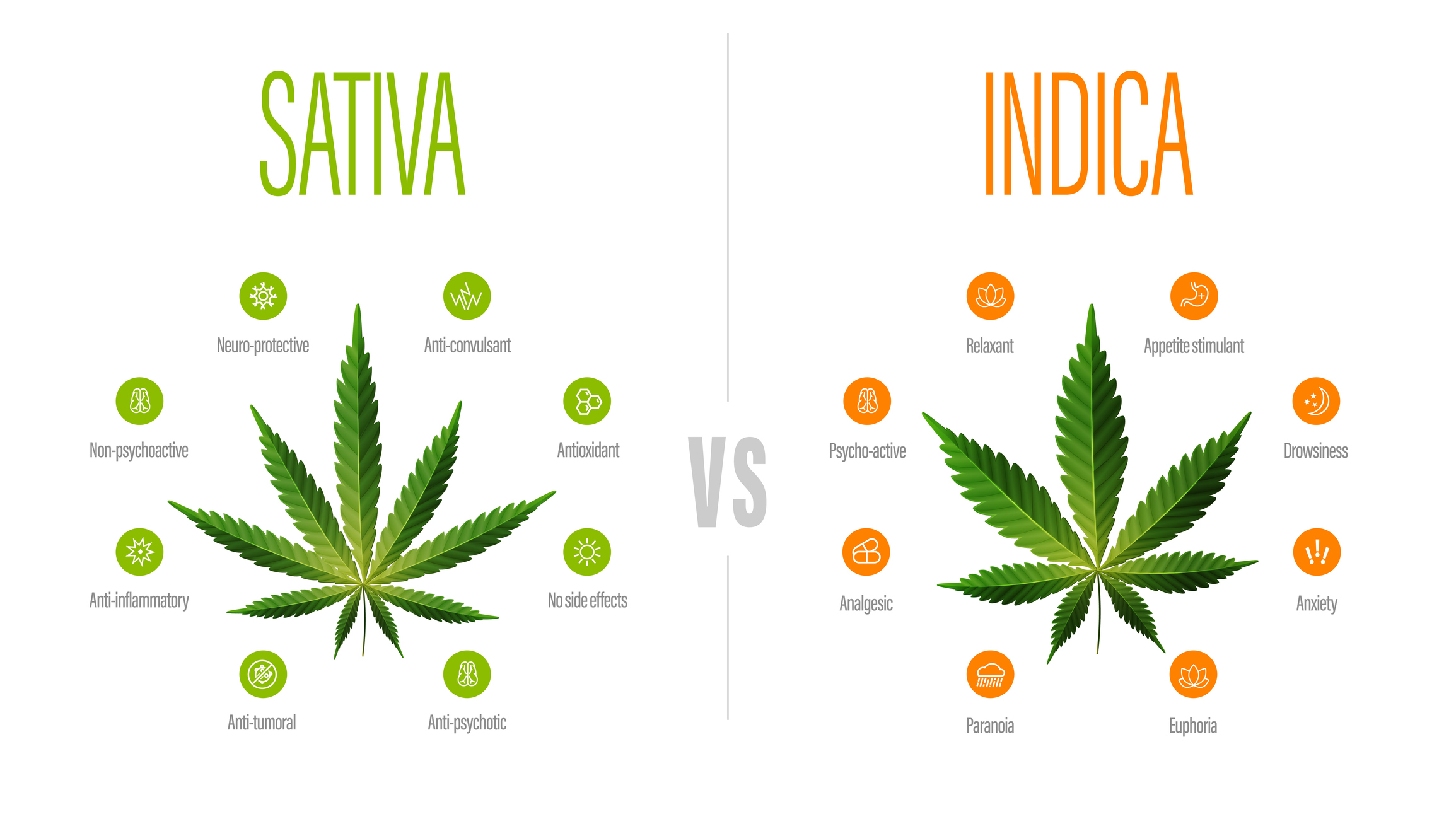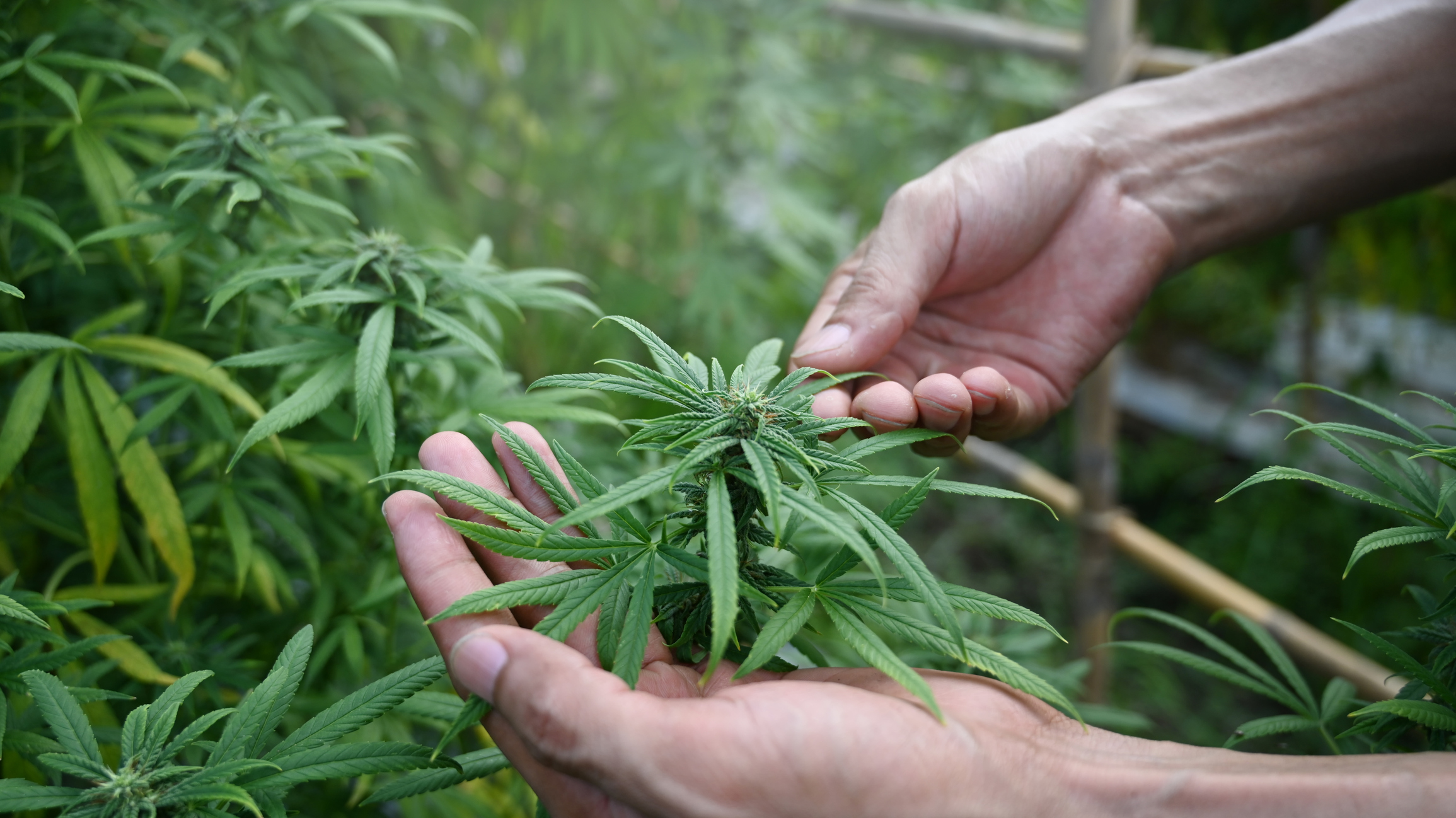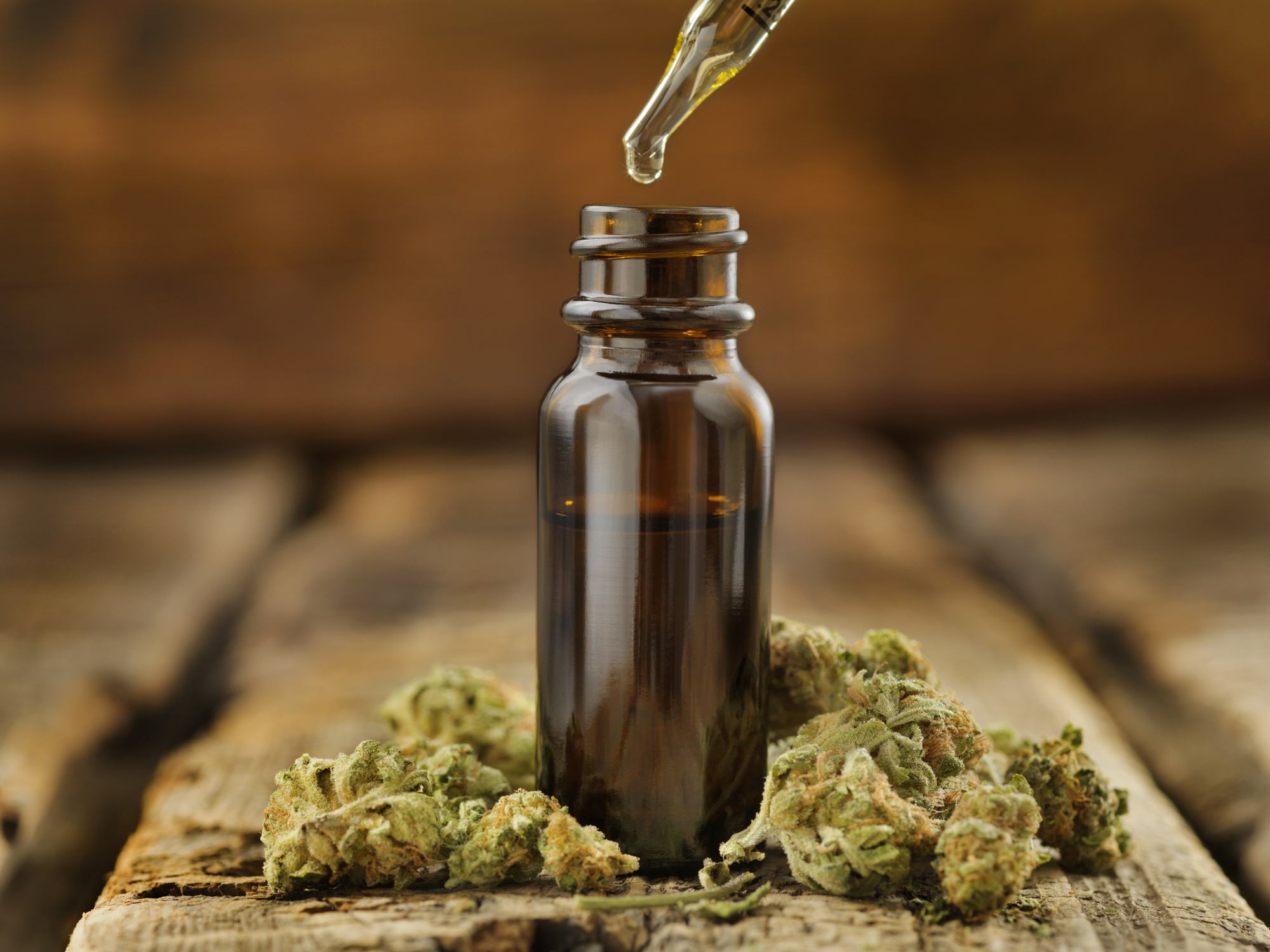The Canna Chronicles
Wild Glow Cannabis Company's Official Blog
The Authoritative Destination for WGCC News, Promotions, Education, and More.
If you're new to the world of cannabis, it can be hard to know where to start when it comes to joining in on a smoke session. There are many factors involved with ensuring proper etiquette - from rolling and packing the right manner, being conscious of how much cannabis is consumed, being mindful of […]
The number 4/20 has become an iconic symbol for cannabis culture, with many people using it to refer to consuming marijuana or celebrating its use. But what is the real origin of this mysterious number?
Each strain boasts unique characteristics, offering distinct flavors, aromas, and effects. Understanding the concept of a cannabis strain and how to select the right one is essential for both novice and experienced users.
With the legalization of cannabis in many parts of the world, accessing and consuming cannabis products has become more commonplace. However, for those new to the experience, navigating the process of purchasing and consuming cannabis can be daunting. In this article, we'll provide a comprehensive guide to help you understand how to buy and consume […]
In the realm of cannabis, trichomes hold a special place of importance. These tiny, crystalline structures that adorn the surface of cannabis flowers are responsible for much more than just their sparkling appearance. In this article, we'll delve into what trichomes are, their role in the cannabis plant, and why they are crucial when it comes to cannabis consumption.
Cannabis has long been classified into two primary categories: Sativa and Indica. The difference between Sativa and Indica will help you better understand the cannabis spectrum.
CBD, short for cannabidiol, has gained significant attention in recent years for its potential therapeutic benefits and non-intoxicating properties. As one of over a hundred cannabinoids found in the cannabis plant, CBD offers a diverse range of applications and has sparked a growing interest among consumers seeking natural remedies for various ailments.
THC tinctures have emerged as a popular choice among cannabis enthusiasts seeking a convenient and discreet method of consumption. These liquid extracts offer a versatile way to experience the therapeutic and psychoactive effects of THC (tetrahydrocannabinol), the primary psychoactive compound found in cannabis.
Even experienced cannabis users can sometimes have an intense cannabis experience. Perhaps a delicious brownie turned out a bit too potent, or maybe your tolerance isn't what it used to be. While cannabis offers many potential benefits, anyone can end up feeling overwhelmed, especially those new to it or with a lower tolerance.
- 1
- 2

